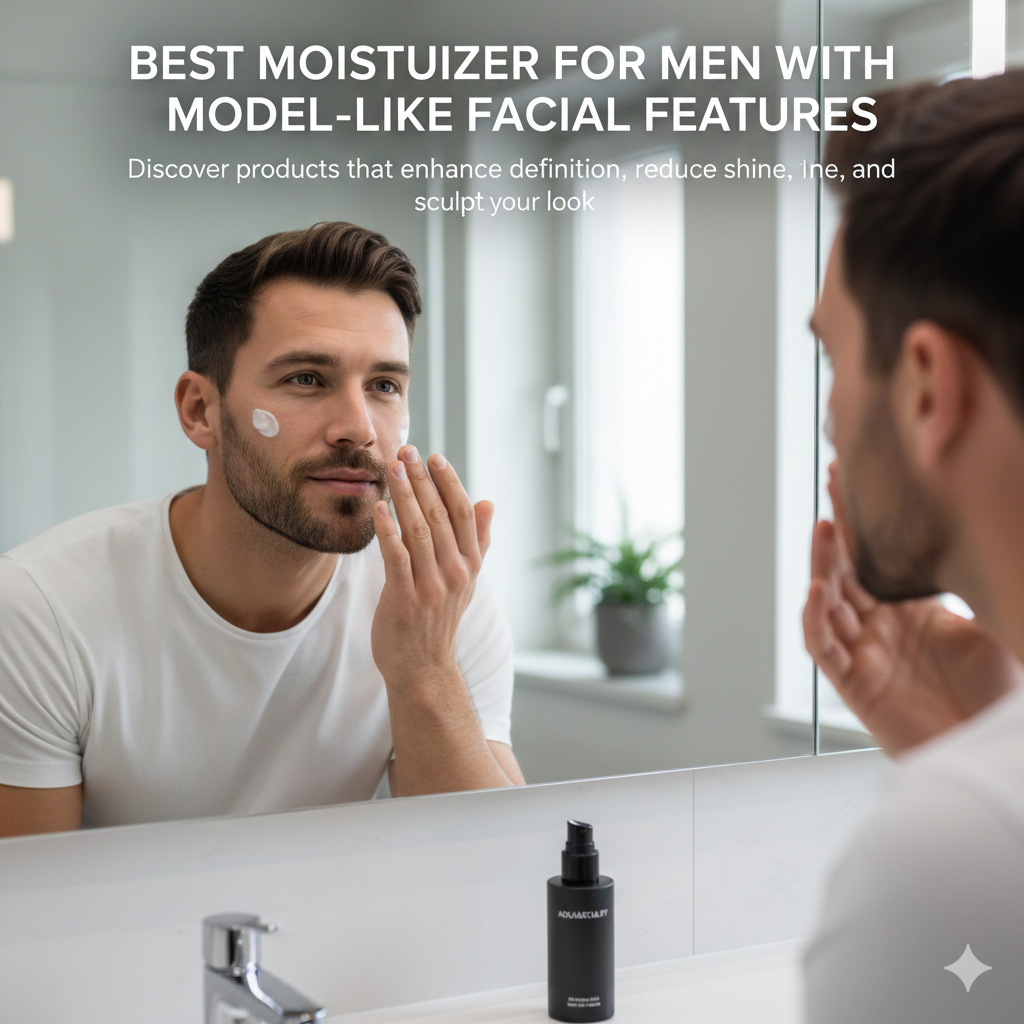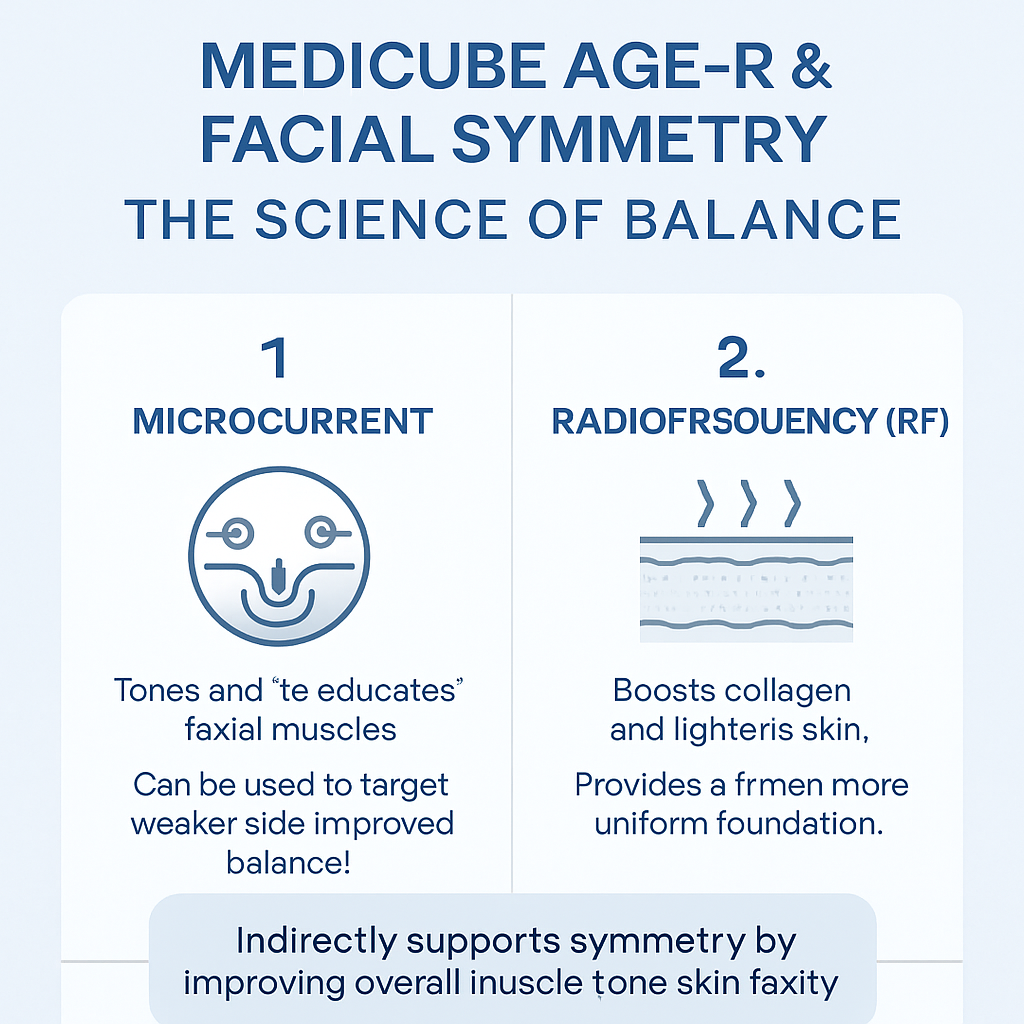When it comes to improving facial aesthetics, there are various techniques and treatments available. One such technique is myofunctional therapy, which has gained popularity thanks to the work of Dr. Mew. This therapy focuses on correcting improper oral habits that can have a significant impact on facial symmetry and overall appearance.
Understanding Myofunctional Therapy
Myofunctional therapy is a non-invasive approach that aims to retrain the muscles of the face and tongue. It focuses on correcting habits such as mouth breathing, tongue thrusting, and incorrect swallowing patterns. These habits, if left unaddressed, can lead to facial asymmetry and other aesthetic concerns.
By working with a myofunctional therapist, individuals can learn exercises and techniques that help them develop proper oral habits. These exercises target specific muscles, helping to strengthen and reposition them for improved facial aesthetics.
The Benefits of Myofunctional Therapy
Myofunctional therapy offers several benefits beyond enhancing facial aesthetics. Let’s take a closer look at some of the advantages:
Improved Breathing
Mouth breathing is a common habit that can have negative effects on facial development and aesthetics. Myofunctional therapy helps individuals transition from mouth breathing to nasal breathing, which can lead to improved overall health and a more balanced facial appearance.
Enhanced Facial Symmetry
Tongue thrusting and incorrect swallowing patterns can contribute to facial asymmetry. By addressing these issues through myofunctional therapy, individuals can achieve a more symmetrical and harmonious facial structure.
Better Oral Health
Proper tongue posture and swallowing patterns play a crucial role in maintaining good oral health. Myofunctional therapy helps individuals develop these habits, reducing the risk of dental issues such as malocclusion and temporomandibular joint disorders.
Improved Speech
Myofunctional therapy can also benefit individuals with speech disorders. By retraining the muscles involved in speech production, this therapy can help improve articulation and clarity of speech.
What to Expect During Myofunctional Therapy
If you decide to pursue myofunctional therapy, here’s what you can expect:
Evaluation
During the initial evaluation, a myofunctional therapist will assess your oral habits and muscle function. They may also take photographs and measurements to track your progress throughout the therapy.
Customized Treatment Plan
Based on the evaluation, the therapist will create a personalized treatment plan tailored to your specific needs. This plan will include exercises and techniques to address your individual concerns.
Regular Sessions
Myofunctional therapy typically involves regular sessions with the therapist. These sessions may take place in-person or through telehealth, depending on your location and the therapist’s preferences.
At-Home Exercises
In addition to the in-person sessions, you will be given exercises to practice at home. Consistency is key, so it’s important to follow the therapist’s instructions and dedicate time each day to these exercises.
Progress Monitoring
Throughout the therapy, your progress will be monitored and adjustments may be made to your treatment plan. The therapist will guide you through each step, ensuring that you are on track to achieve your desired results.
Conclusion
Myofunctional therapy is a natural and non-invasive approach to improving facial aesthetics. By addressing improper oral habits and retraining the muscles of the face and tongue, this therapy can help enhance facial symmetry and overall appearance. Beyond the aesthetic benefits, myofunctional therapy also promotes better breathing, oral health, and speech. If you’re looking for a holistic solution to enhance your facial aesthetics, myofunctional therapy may be worth considering.




